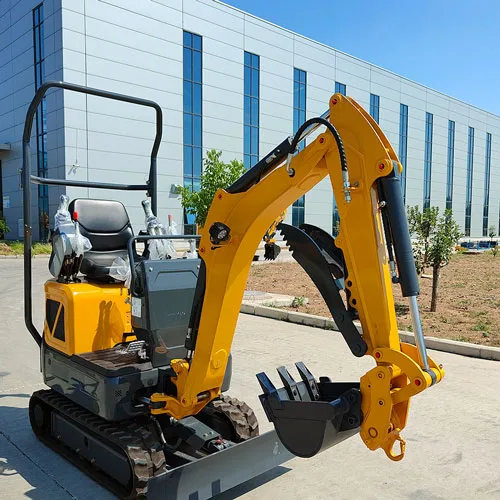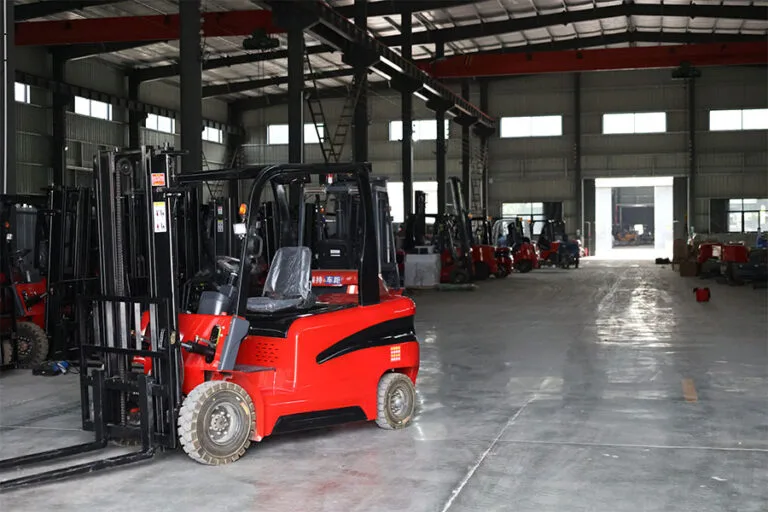Welcome to My Blog!
I’m thrilled to have you here! Before we dive into the content, let’s stay connected. Join me on my social media platforms for more insights, community engagement, and regular updates. Here’s where you can find me:
📌 Facebook: Shandong Huaying International Trade Co., Ltd.
Now, let’s embark on this journey together. I hope you find the content here not only insightful and engaging but also valuable to your interests. Let’s learn, grow, and connect!
Table of Contents
Introduction
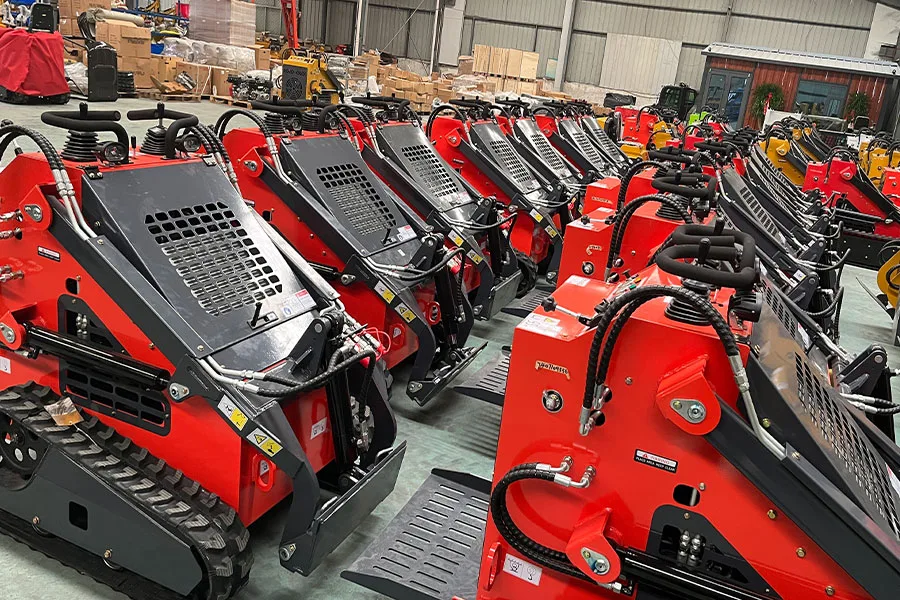
Purchasing a skid steer loader is a significant investment, whether you’re a contractor, farmer, or construction professional. With so many models, attachments, and features available, making the right choice can be overwhelming. That’s why we’ve compiled this skid steer loader buying guide with 7 expert secrets to help you make an informed decision.
In this guide, we’ll cover:
- Key factors to consider before buying
- Common mistakes to avoid
- How to choose the right attachments
- Maintenance tips for longevity
- A comparison of popular skid steer loader types
By the end, you’ll have all the knowledge needed to select the best machine for your needs.
NO 1. Understanding Your Needs: The First Step
Before diving into specifications, you must assess your requirements. Ask yourself:
- What tasks will the skid steer loader perform? (e.g., digging, lifting, grading)
- What terrain will it operate on? (e.g., rough, muddy, or paved surfaces)
- What lift capacity do you need? (ranging from 1,000 to 3,500+ lbs)
- Will you need multiple attachments? (e.g., buckets, augers, forks)
A well-planned skid steer loader buying guide starts with defining your project demands.
NO 2. Choosing the Right Type: Radial vs. Vertical Lift
Skid steer loaders come in two main lift configurations:
| Feature | Radial Lift | Vertical Lift |
|---|---|---|
| Lift Height | Lower | Higher |
| Reach | Better forward reach | Better upward reach |
| Best For | Digging, grading | Lifting pallets, loading trucks |
| Stability | Less stable at full height | More stable at full height |
A radial lift is ideal for ground-level tasks, while a vertical lift excels in loading and stacking. Your choice should align with your primary applications.
NO 3. Engine Power and Hydraulic Flow: Key Performance Factors
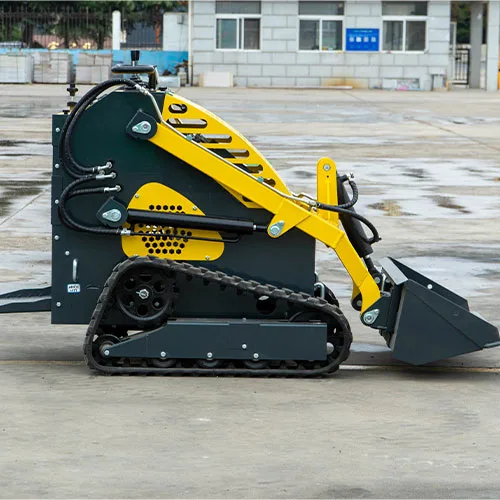
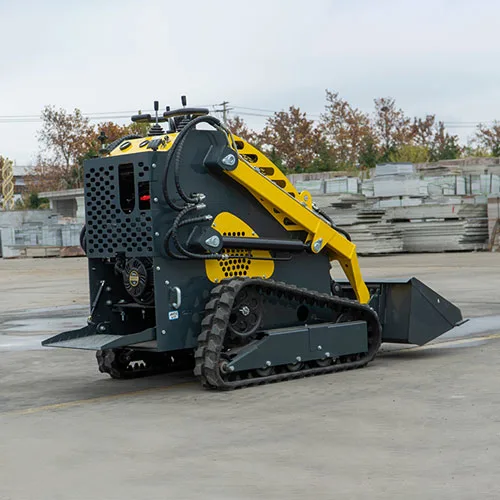
A skid steer loader’s performance depends on:
- Horsepower (HP): Ranges from 50 HP (compact models) to 100+ HP (heavy-duty models).
- Hydraulic Flow (GPM): Determines attachment efficiency (e.g., high-flow hydraulics for mulchers or cold planers).
If you plan to use high-demand attachments, opt for a machine with high hydraulic flow.
NO 4. Attachments: Maximizing Your Skid Steer Loader’s Versatility
One of the biggest advantages of a skid steer loader is its attachment compatibility. Common options include:
- Buckets (for digging and material handling)
- Forks (for pallet lifting)
- Augers (for drilling holes)
- Snow blowers (for winter clearing)
Ensure the model you choose supports quick-attach systems for easy swapping.
NO 5. Maintenance Tips for Longevity
To extend your skid steer loader’s lifespan:
- Check fluids regularly (engine oil, hydraulic fluid, coolant).
- Inspect tracks or tires for wear and tear.
- Clean the machine after heavy use to prevent debris buildup.
- Follow the manufacturer’s service schedule.
Proper maintenance ensures peak performance and reduces costly repairs.
NO 6. Common Mistakes to Avoid in Your Skid Steer Loader Buying Guide
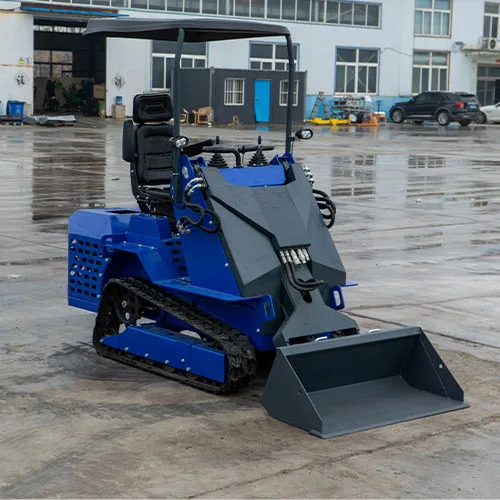
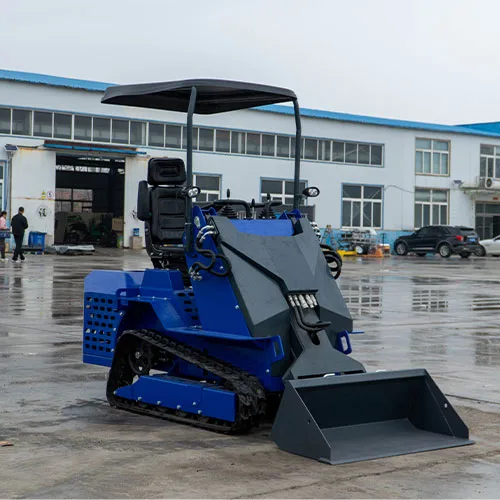
Many buyers regret these errors:
- Ignoring lift capacity needs (leading to inefficiency).
- Choosing the wrong lift type (radial vs. vertical).
- Overlooking hydraulic requirements (causing attachment issues).
- Skipping dealer support research (affecting long-term maintenance).
Avoid these pitfalls by thoroughly researching before purchasing.
NO 7. New vs. Used: Which Is Right for You?
New Skid Steer Loaders
✅ Latest technology ✅ Full warranty ✅ No hidden wear
Used Skid Steer Loaders
✅ Lower upfront cost ❌ Potential maintenance risks
If budget allows, new models offer reliability, while used ones can be cost-effective if inspected properly.
Conclusion
A well-researched skid steer loader buying guide helps you avoid costly mistakes and select the best machine for your needs. By considering lift type, engine power, attachments, and maintenance, you’ll maximize efficiency and return on investment.
Before finalizing your purchase, test-drive different models and consult with dealers to ensure the best fit.
By following this skid steer loader buying guide, you’ll make a confident, well-informed purchase decision. Happy operating!
FAQ
What is the average lifespan of a skid steer loader?
With proper maintenance, a skid steer loader can last 8,000 to 10,000 hours.
Can I rent a skid steer loader before buying?
Yes! Many dealers offer rental options, allowing you to test performance before committing.
How much does a skid steer loader cost?
Prices range from 20,000𝑓𝑜𝑟𝑢𝑠𝑒𝑑𝑚𝑜𝑑𝑒𝑙𝑠∗∗𝑡𝑜∗∗20,000forusedmodels∗∗to∗∗70,000+ for new high-capacity machines.
Are tracked skid steers better than wheeled ones?
Tracked models offer better traction on rough terrain, while wheeled models are faster on smooth surfaces.
What’s the most important feature?
Hydraulic flow is critical if you plan to use high-demand attachments like mulchers or trenchers.

